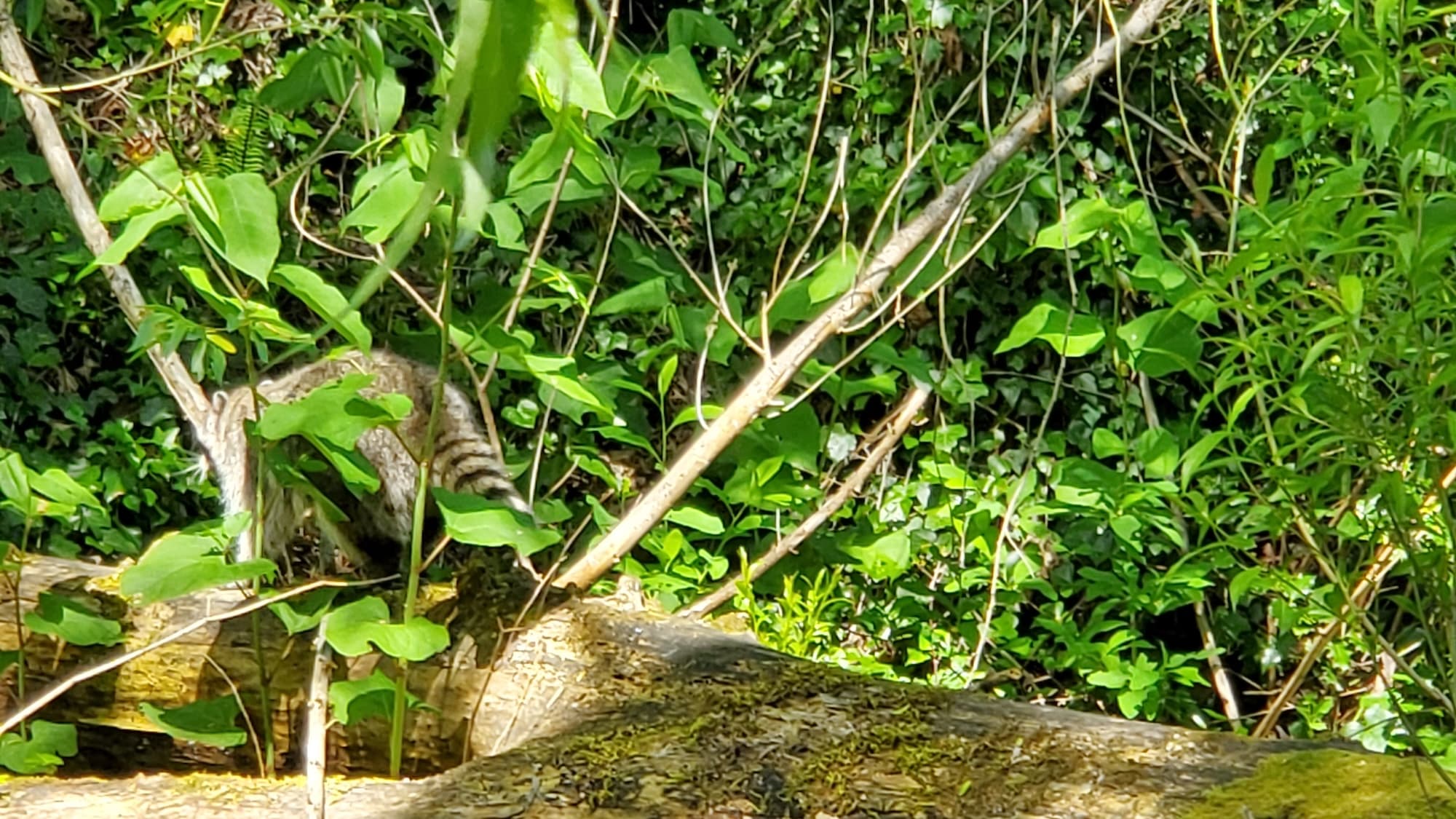Burien Spot-treat weeds in mulch
Homeowner’s Issue
Burien yards see a lot of wet weather, coastal fog, and cool summers that encourage moss, opportunistic weeds, and ivy regrowth in mulch beds. Many homes here have heavy, compacted soils or modest slopes that trap water next to foundations and plantings, so weeds exploit damp pockets along edges and walkways. Large canopy trees common in the area cast long shade, slowing mulch breakdown and keeping beds moist — great for moss, not so good for tidy beds. For landlords and busy homeowners the goals are simple: reduce returns for tenants, keep curb appeal steady, and limit hands-on maintenance between turnover or seasonal visits. Near Seahurst Park and neighborhood greenbelts, invasive runners and woody seedlings pop up quickly, especially where mulch has thinned or fabric is disturbed. Sustainable, non-chemical spot treatments combined with targeted mulch refresh and improved drainage reduce repeat growth, lower costs over time, and keep planting areas safer and more presentable for tenants, guests, and passersby.
Our Quality Service
We use manual and organic spot-treat methods — hand-pulling, targeted mechanical removal, hot-water/steam or approved organic contact treatments — and avoid synthetic herbicides. We tie treatments to soil and slope fixes, improve drainage where needed, and recommend mulch depth changes to limit regrowth. Benefits include improved safety, consistent curb appeal, lower ongoing work, and longer-lasting results.
What’s Included
- Site assessment and trouble-spot map
- Hand-pull and mechanical spot treatment of visible weeds
- Optional organic contact treatments (non-synthetic)
- Debris removal and light mulch redistribution
- Recommendations for slope grading and drainage fixes
- Optional upgrades:
- Mulch + fabric installation
- Organic weed-control follow-ups
- Haul-away vs. green bin disposal
Before & After / Expectations
- New mulch: keep 2–3” depth and avoid piling against stems.
- Watering: limited, deep water only for new plantings; most beds don’t need frequent irrigation.
- Watch for moss and ivy regrowth in shade; re-treat problem spots after 2–6 weeks.
- Annual mulch refresh and spot checks reduce regrowth.
FAQs
- How long does one visit take? Small jobs are 30–90 minutes; larger beds depend on access and density.
- Will treatments hurt desirable plants? We use precise, non-chemical methods to protect ornamentals.
- Do you remove old mulch? Yes — we offer haul-away or green bin disposal options.
- How often should rentals be serviced? Quarterly is common for turnover properties; monthly for high-visibility sites.
Call to Action
If you manage a rental or own a Burien property and want low-chemical, low-maintenance results, book a free estimate. Fast scheduling, dependable work, and neighborhood experience make upkeep simple. Email neatandtidyseattle@gmail.com for a quote and to set a visit.










